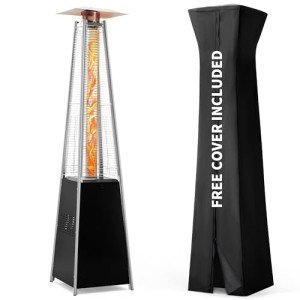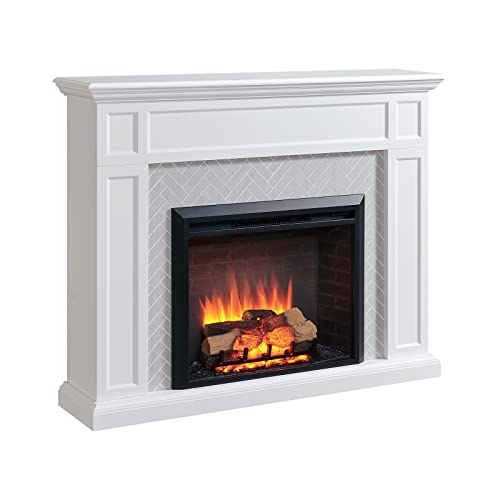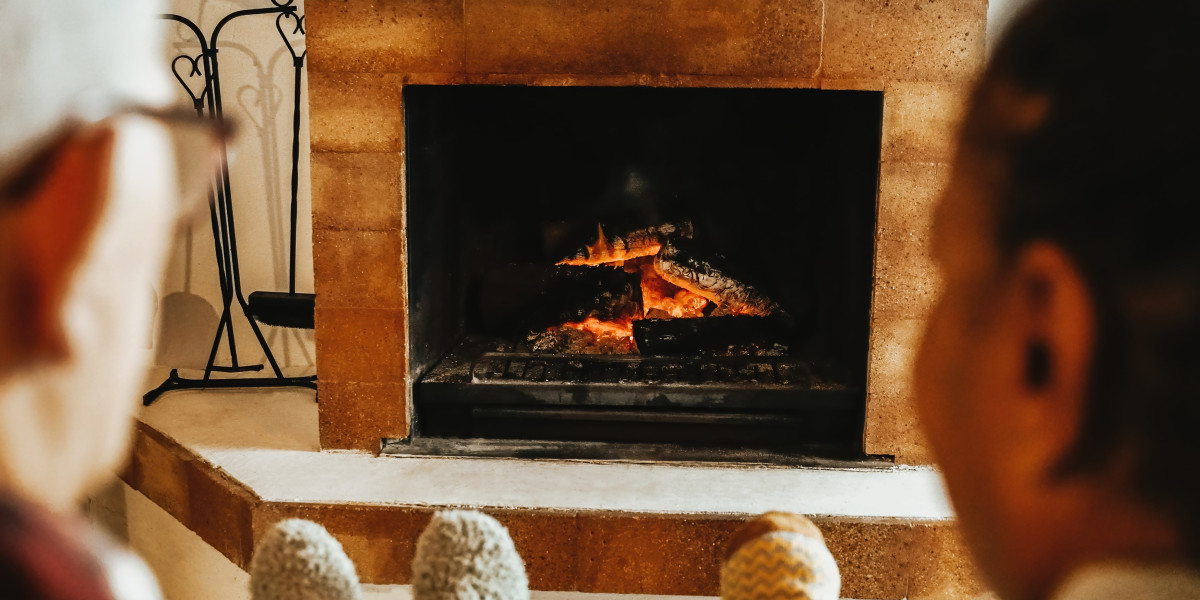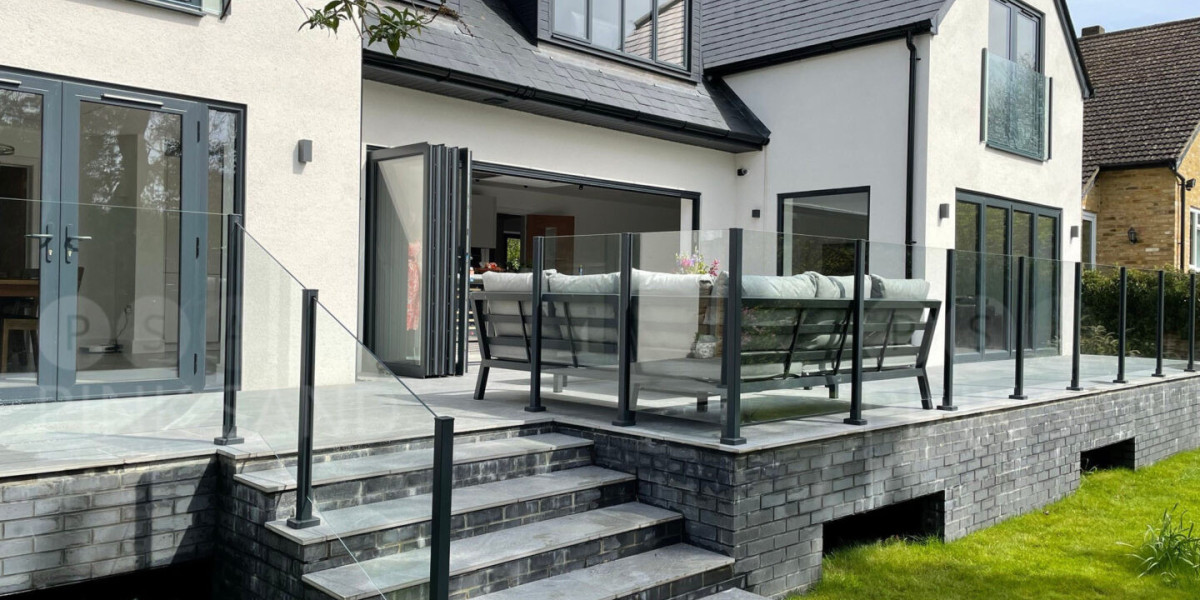Energy Efficient Fireplaces For Sale: A Comprehensive Guide
Over the last few years, the focus on energy efficiency in home heating has actually heightened due to increasing energy costs and increasing ecological concerns. Energy-efficient fireplaces provide a sustainable alternative to traditional heating methods, delivering warmth and atmosphere without the extreme fuel consumption related to standard fireplaces. This article digs into the advantages of energy-efficient fireplaces, checks out the various types offered, offers important buying suggestions, and answers often asked concerns.

The Benefits of Energy Efficient Fireplaces
Energy Efficient Fireplaces For Sale-efficient fireplaces offer numerous advantages that extend beyond simple warmth. Here are some essential benefits:
Reduced Energy Consumption: These fireplaces consume less fuel while creating an equivalent amount of heat, making them economical.
Lower Emissions: With innovative innovation designed to burn fuel more totally, energy-efficient fireplaces significantly minimize damaging emissions.
Boosted Home Value: Installing a modern, energy-efficient fireplace can increase a home's resale value and aesthetic appeal.
Increased Heating Capacity: Many energy-efficient designs offer much better heating coverage, focusing heat in larger locations compared to traditional alternatives.
Style Versatility: Available in various designs, energy-efficient fireplaces can complement any interior decoration style.
Alternative Fuel Options: Many energy-efficient fireplaces can run on eco-friendly resources such as wood pellets, bioethanol, or natural gas.
Kinds Of Energy Efficient Fireplaces
Choosing the ideal energy-efficient fireplace for a home depends on individual preferences, space constraints, and heating needs. Below are the most typical types of energy-efficient fireplaces offered for sale:
| Fireplace Type | Description | Efficiency Rating |
|---|---|---|
| Gas Fireplaces | Direct vent fireplaces that use natural gas or gas for efficient heating. | 70-90% |
| Wood-Burning Stoves | Created to burn wood effectively, these stoves include secondary combustion systems. | 65-85% |
| Pellet Stoves | Use compressed wood or biomass pellets, immediately feeding them into the burn chamber. | 80-90% |
| Electric Fireplaces | Supply heat through electric coils; have the advantage of being easy to install and preserve. | 100% (Heating Element) |
| Bioethanol Fireplaces | Produce flame through burning bioethanol; frequently vent-free and easy to set up. | Differs by design |
Purchasing Tips for Energy Efficient Fireplaces
When purchasing an energy-efficient fireplace, one must think about the following:
Understand Heating Requirements: Determine the heating needs of your space. Examine room size and insulation levels to select the appropriate design.
Examine for Certifications: Look for models certified by pertinent standards companies (e.g., EPA, UL) that confirm their efficiency and safety.
Consider Local Regulations: Check your region's policies concerning fireplace setup, particularly for wood-burning designs.
Assess the Fuel Options: Determine the most cost-effective and practical fuel source for your way of life, whether it be gas, pellets, electricity, or bioethanol.
Prioritize Features: Look for functions like programmable thermostats, push-button controls, and fan systems that can further improve efficiency and benefit.
Seek Professional Installation: Proper installation is essential for performance and safety. Constantly consult reputable installers knowledgeable about energy-efficient models.
Frequently Asked Questions About Energy Efficient Fireplaces
1. How do energy-efficient fireplaces minimize heating costs?
Energy-efficient fireplaces take in less fuel and supply the very same or frequently more heat than traditional models. This efficiency translates to decrease heating costs gradually.
2. Are energy-efficient fireplaces easy to preserve?
Yes, while regular cleaning and servicing are vital, many energy-efficient models are easier to keep than traditional wood-burning fireplaces. Gas fireplaces generally need less maintenance.
3. Can I utilize my existing chimney with an energy-efficient fireplace?
Not always. Some energy-efficient designs require chimney modifications or particular venting solutions. Seek advice from a professional installer to evaluate your scenario.
4. How do I choose between gas and wood-burning fireplaces?
Think about aspects such as visual appeals, ease of use, heating choices, fuel schedule, and regional emission guidelines when choosing in between gas and wood-burning fireplaces.
5. Are electric fireplaces energy-efficient?
While electric fireplaces are 100% efficient at transforming electricity into heat, they may not be the most economical choice depending on regional electricity rates. However, they are low upkeep and easy to install.

Investing in an energy-efficient fireplace is a wise choice for property owners looking to decrease their heating costs while making an ecologically friendly choice. As improvements in innovation continue, the variety and efficiency of energy-efficient fireplaces will only improve, guaranteeing that customers can take pleasure in convenience and heat without regret. By evaluating private requirements, comprehending available alternatives, and following skilled suggestions, property owners can discover the ideal energy-efficient fireplace that improves their living area and provides trustworthy, sustainable heat for years to come.
Exploring the choices currently available in the market, integrated with notified decision-making, will result in an energy-efficient fireplace that satisfies both financial and aesthetic choices. As energy efficiency ends up being more essential in modern living, these innovative fireplaces stand as a testimony to the possibilities of integrating design, convenience, and sustainability.








